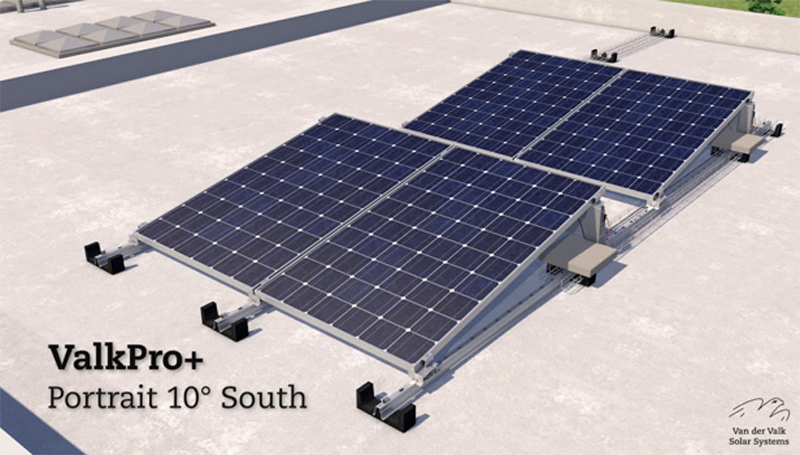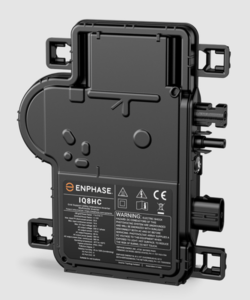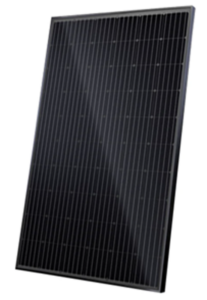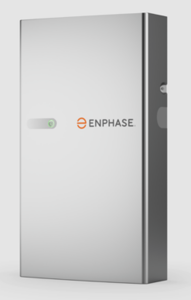As a result of my ever escalating electricity costs, I have decided to look into solar energy and battery storage.
I have recently been switched over to smart meters for my gas and electricity supply and have been watching the associated display constantly tell me that I ma over budget for the week.
I have always had ‘Economy 7’ which entitles me to 7 hours of ‘off-peak’ electricity between 00 and 07:00, this is currently at a rate of 13.56p/kWh and a normal rate of 38.15p/kWh.
My current usage is in the region of 12.44kWh off-peak and 36.64kWh peak (around 50kWh totak) which equates to around £15.67 a day or £5,718.00 a year!
My ‘background’ load is estimated to be around 1.77kW per hour (based on dividing known off-peak hours usage by 7) but will include dishwasher usage, as we set this on a timer to make use of the cheaper electricity (plus less noise).
After doing some research it appears I have a choice of string inverters (one large inverter for a string of solar panels) or microinverters (one inverter per panel).
Likewise for batteries, I have a choice of DC coupled, or AC coupled.
All options have their pros and cons and depending on your preferences and situation, different solutions will be best suited.
Solar panels connected to a string inverter will only output at the level of the lowest panel, so if one has severe shading, they all reduce their output, this can be mitigated by having an ‘optimiser’ on each panel, but by the time you have done that you might as well go down the micro-inverter route, additionally if a panel fails, or the inverter fails, your entire solar array is offline.
String inverters work best with DC battery solutions as you can connect the battery to the DC side of a hybrid inverter and charge it directly from the panels on DC without the need for conversion.
String based solutions also have a lot of high voltage DC cabling associated with them which may require special or uprated isolators and switchgear.
With micro inverters losing a single panel or microinverter, or shading on a single panel simply means lower or no output for that single panel, the rest of the system carries on as before.
AC coupled batteries are a better solution for microinverters as all the cabling beyond the micro-inverter is AC anyway.
I have chosen to go with an Enphase microinverter solution along with Enphase AC coupled batteries.
After a number of email conversations with Mark at Plug-In Solar, I have settled on using Enphase IQ8HC Microinverters, that have a maximum output of 384W.
These will be connected to Jinko Tiger Neo N-Type TOPCon 435W All Black Monocrystaline panels.
As I will be mounting these on flat roofs, I have decided to use the Van Der Valk ValkPro+ P10 South modular mounting system.
For the batteries, I have settled on Enphase IQ 5P batteries, these have 5kWh of storage per battery and a charge/discharge rate of 3.2kWh.
The system will be controlled by an Enphase IQ Gateway Metered.
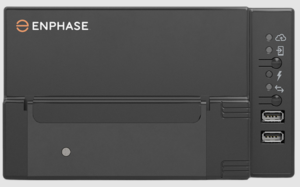 I have also been using the free version of ‘Solarazma‘ by Gary Does Solar, to model my current and proposed usage models for a number of different solar, battery and supply tariff options.
I have also been using the free version of ‘Solarazma‘ by Gary Does Solar, to model my current and proposed usage models for a number of different solar, battery and supply tariff options.
Using 4.2kW of solar panels along with 15kW of batteries, I can potentially reduce my daily electricity costs from £15.67 to £5.38 (using 80% winter solar efficiency as a worst case scenario) for a cost of around £13,500.00, which would potentially pay for itself in just over 3.5 years based on the savings I would be making.
